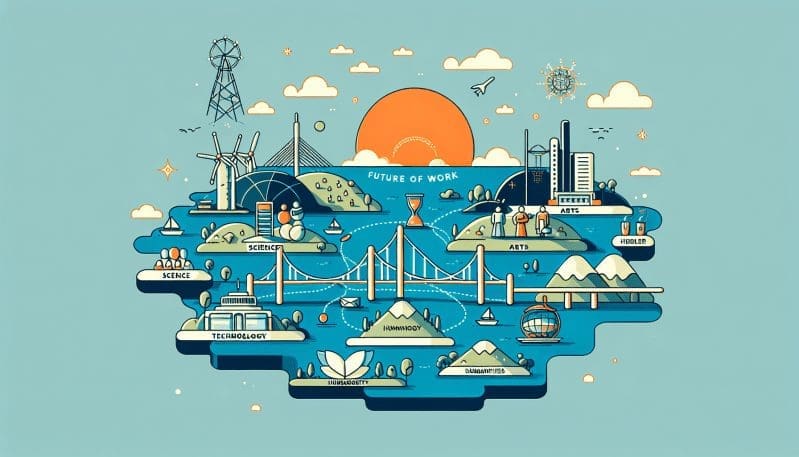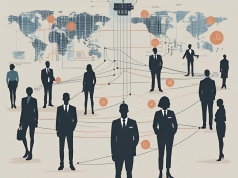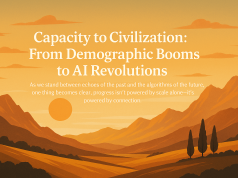In today’s rapidly evolving work environment, the boundaries between different research disciplines are becoming increasingly blurred. The era of stark silos and rigid departmental lines is giving way to a new age of interdisciplinary collaboration, forging pathways that intertwine various fields of study. With the advent of complex global challenges, the need for integrated approaches to problem-solving has never been more pronounced. The future of work lies in our ability to merge the seemingly disparate threads of research into a cohesive tapestry that addresses the multifaceted nature of today’s most pressing issues.
Take, for instance, the convergence of biotechnology, artificial intelligence, and materials science in the development of cutting-edge medical devices. These devices, capable of revolutionizing healthcare, epitomize the synergistic potential of interdisciplinary work. Beyond healthcare, environmental studies are now inherently bound to technology and social sciences to address climate change effectively, exemplifying how collaborative research can spearhead meaningful change.
The ramifications of this shift are profound. Workers in the research sector must now be adept not only in their field of expertise but also possess a working knowledge of allied disciplines. The workplace, therefore, must transform into a hub of continuous learning and knowledge exchange, where dynamic teams can fluidly move between projects and expand their intellectual horizons.
However, this utopian vision of interdisciplinary research is not without its challenges. Communication barriers, divergent methodologies, and disparate terminologies often hinder the fusion of disciplines. Successful interdisciplinary projects, such as the Human Genome Project or the Large Hadron Collider, demonstrate the power of overcoming these obstacles through a shared vision and robust collaborative frameworks.
To navigate this integrated research ecosystem, researchers must cultivate a culture of open-mindedness and mutual respect, leveraging diverse perspectives to achieve greater insights. Institutions of higher education and policymakers have pivotal roles to play in facilitating this transition. Curricula need to be redesigned to encourage cross-disciplinary fluency, while funding bodies and industry stakeholders must incentivize collaborative endeavors.
As we stand on the brink of this new research paradigm, we must ponder the future of the work landscape. How will job roles evolve in an interdisciplinary setting? What skills will become paramount, and how can current and future workers prepare for these changes? Transitioning to a model that supports interconnected research will demand a reevaluation of our societal structures, from education systems to industry practices. By embracing this shift, however, we unlock the potential for unparalleled innovation.
In conclusion, the fusion of disciplines heralds a promising horizon for the research sector, redefining the work, worker, and workplace trifecta. As we endeavor to create an ecosystem that thrives on interdisciplinary innovation, the cultural, educational, and policy-level changes we implement today will dictate the success of our collective tomorrow. Embracing the interconnectedness of our world and the vast pool of knowledge it offers is the key to addressing the complexities of the future. And thus, in this intricate dance of disciplines, we find the choreography of progress.




























